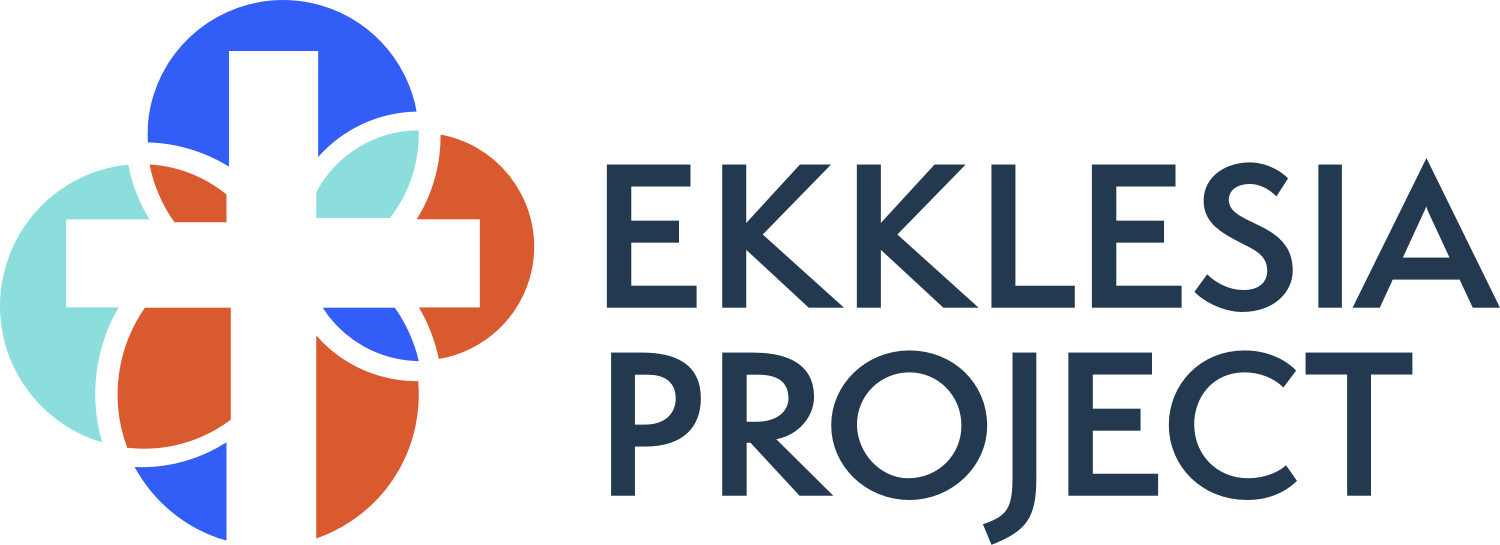Prepping for Advent - Advent 1, Year A
On a recent visit to my local chain drugstore I looked, as I often do, at the magazine rack. There was the usual fare—celebrity gossip rags, health and fitness publications promising an easy path to better abs, alongside those were the food magazines with recipes that would cancel any hope of a six pack. Then there were the more narrowly focused publications, which surprisingly have enough of an audience to justify publication and even regular distribution in a drug store. I was glad to see that quilters have more than one magazine from which to choose, but I was a bit less sanguine about a whole publication focused on the AR-15 assault rifle. And then, somewhere between quilting and assault riffle magazines, I found another sure cultural signpost—Prepper Survival Guide which includes articles on both sewing and assault riffles.
On a first pass, our scriptures for the First Sunday of Advent might seem to be good fodder for a prepper magazine. Our reading from Isaiah is a nice, tranquil, quilting kind of text. It imagines a future filled with comfort. But by Matthew things have seemingly turned darker. We’re reminded of the days of Noah, and everyone knows that the original prepper and his family, after being ridiculed for being conspiracy theorists, were the only ones to make it through the calamity of the great flood.
These days it certainly seems easier to imagine calamity than the hopeful future Isaiah envisions. I loved Lydia Millet’s novel A Children’s Bible in which a group of children live through a devastating flood brought on by climate change, all the while finding themselves in stories of biblical proportions. Just before the flood, the children meet a crew of youth on shore from a nearby yacht. The rich kids all brag about the bunkers their families have built. It’s a novel that sharply imagines a very near and real future. Building bunkers, hoarding food, buying assault riffles and ammo—those are the preparations we envision for the future before us.
But there is a different model for living toward the future that may prove a more helpful metaphor for what both Isaiah and Jesus are calling us into. The Transition Movement which began in England and has grown throughout the world, works from many of the same premises as the bunker-style preppers. They agree that our current social and ecological arrangements are unsustainable and that one day we’ll inevitably experience a crash. But instead of seeking isolation and survival in the face of such a future, the Transition Movement is seeking to help communities live into a healthy and flourishing tomorrow by building the kinds of communities the world has always needed. In “Transition Towns” many of these groups are working on securing local food supplies by encouraging diverse, dispersed, small scale agriculture. They are developing bike friendly infrastructure so that people are not dependent upon fossil fuels for getting to their daily activities. And they are encouraging a kind of neighborliness so that communities can develop the critical skills of identifying one another’s gifts and sharing resources that are necessary for an uncertain future. (For an excellent introduction to this movement from a theological perspective, see The Transition Movement for Today’s Churches by Timothy Gorringe and Rosie Beckham).
What Jesus, and Paul after him, are calling us toward is not to stock up and hunker down. Instead, their call is to be awake in the face of Christ’s new coming. Our work in the light of that new advent is to begin to live now into the future that God’s reign will accomplish. Both Jesus and Paul are inviting the communities under their instruction to begin leading lives congruent with the future that God will bring, even if the current forecast looks more like chaos and floods than it does any sense of hope.
What if our church communities were to understand ourselves as “Transition Towns” for God’s future, living now into the realities that future will demand? How would such an understanding change what we do in our worship together? What would it change in our ministries and life together throughout the week? How might we create lives that will not be shocked by the future that will come when all God’s purposes have been fulfilled? These are the fundamental questions of discipleship and Paul gives us a straightforward answer—we need to clothe ourselves for the future. That clothing is not a flak jacket, but a life filled with light; it is not a well cut suit and power tie, but wearing the humble clothing of Christ himself. This work of dressing for the future is an art of embodiment that we continue until our bodies are made new in the fullness of the resurrection—a resurrection that has already begun.
As we move into this Advent season, may we learn not so much to prepare, bracing ourselves for disaster, but instead to begin the work of transition. A different world is coming and even now we can begin the work of living into it, readying ourselves for the light and life that will mark its arrival.
